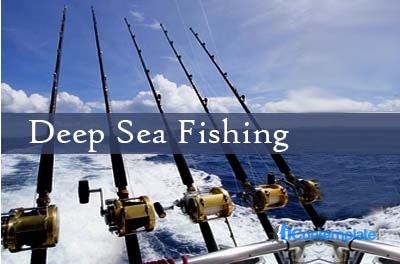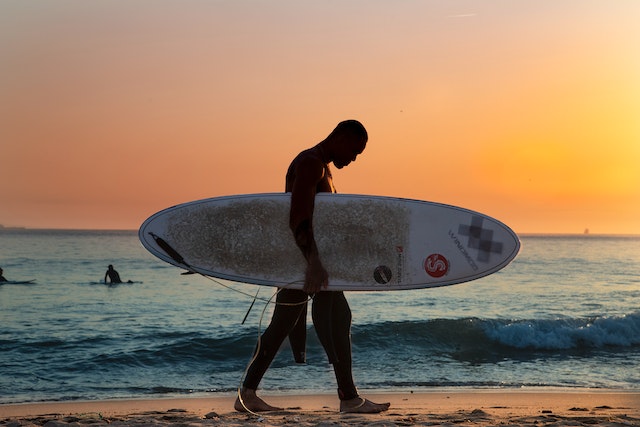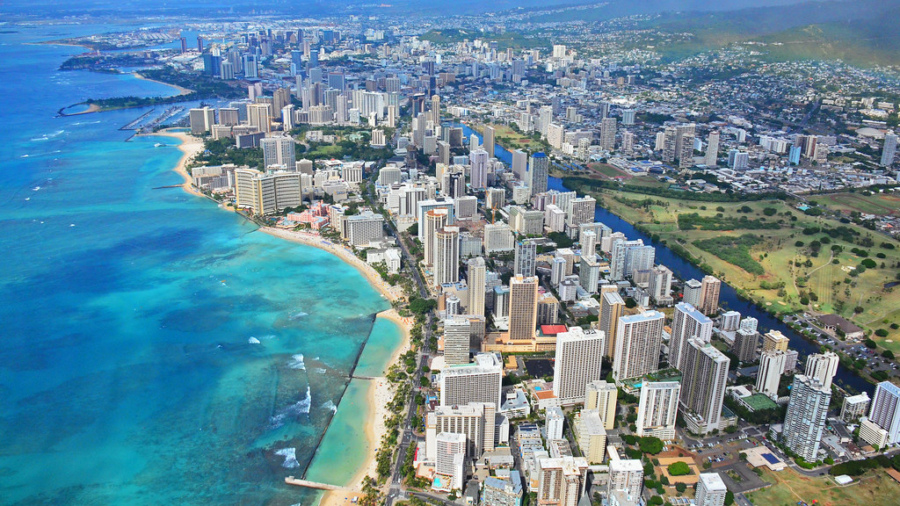Whether you’re embarking onto the sparkling ocean that laps against the golden white sands of the Turk and Caicos Islands or adventuring out into the choppy seas off the Shetland Ports, deep sea fishing is a tremendously exciting sport. Regardless of if you’re hunting 30lb hake in the North Sea or yellowfin Tuna in the Caribbean, the excitement of your first catch is something that will live with you for years to come. Many people never turn back, catching the deep sea fever and travelling across the world to explore the world’s oceans and its teeming aquatic life.
For beginners, the first voyage can be a daunting one particularly for those with little to no experience of other recreational fishing. If this describes you then you’ve come to the right place. This beginner’s guide will walk you through everything you need to know about fishing in the deep sea for you to have a safe and enjoyable first trip out.
Here are some common questions asked by beginners before their first excursion.
What will I Catch?
Naturally, your location will determine the type of fish available for you to catch – it’s unlikely you’ll be landing white marlin off the coast of Weymouth, for example. Check with the captain of the boat you charter to find out what you might expect to land.
There are three different ways to fish in the deep sea; bottom fishing, trolling and big game fishing. Each offer different catch opportunities as each involve slightly different methods and game plans.
Bottom fishing involves dropping a line to depths of the ocean floor where fish such as scampi and groupers live. In many tourist destinations, ship captains drop artificial reefs that attract fish, making them easier to catch – particularly for beginners.
If you hope to catch larger fish such as kingfish, sailfish and wahoo then trolling might be more up your street. This involves trailing bait near the top of the water as the captain slowly motors the boat along. The larger fish are attracted to the bait and, after nibbling, are prone to put up a fight!
Finally, big game fishing or offshore fishing is for the trophy hunters and show-boaters amongst us. It’s the opportunity to catch fish like dolphin and blue and white marlin; fish more suited to hanging on the wall than cooking up for supper.
What Gear and Tackle do I need?
As a beginner, find a captain that will provide all the necessary gear and tackle for hire. Investing in all your gear is expensive and not recommended for beginners. Ensure you check that the captain is providing all your rods, reels, lines and baits before you charter the boat.
Something you might like to take along is a couple of cool boxes – one full of cold beers and juices, the other for storing your catch.
What are My Options?
Speak to the captain before you charter the boat to discover all the trip’s relevant details. Enquire about the cost and whether it involves tackle hire. Ask if food and drinks are provided and make sure to take your own if they are not. Moreover, pick an excursion that lasts as long as your entire party are comfortable with. Trips can last as few as 4 and as many as 16 hours, so it’s important to confirm before you set off! Finally, check whether you’ll be embarking on a private trip or if you’ll be sharing the boat with fellow anglers.
Can I Keep My Catch?
If you’ve managed to land your first catch it’s usually absolutely fine for you to keep it and take it back to your home or hotel for supper. If you’ve never filleted a fish and the hotel doesn’t offer the service, there are usually dressing services available in the marina although they may cost extra. Some trips don’t let you keep the fish, instead selling the fish onto local hotels and restaurants so make sure you confirm before you charter the boat.
Should I Tip?
Whilst the captain may make a living from the tours, any mates or helpers he has on board often work for tips. Tipping the captain and mates is usually the done thing and to refrain would be frowned upon by those who’ve helped make your trip a successful one.





